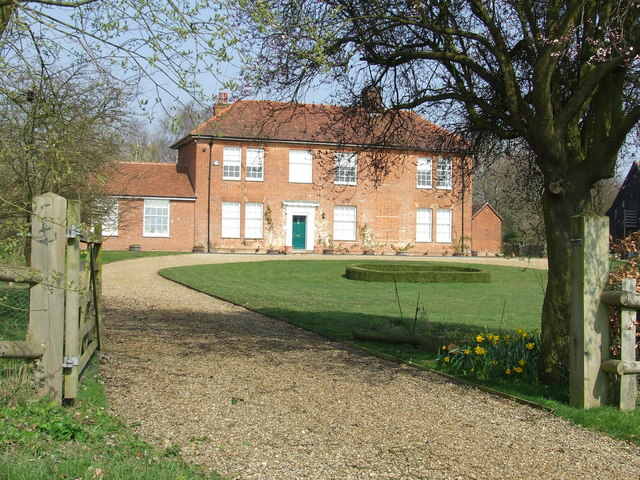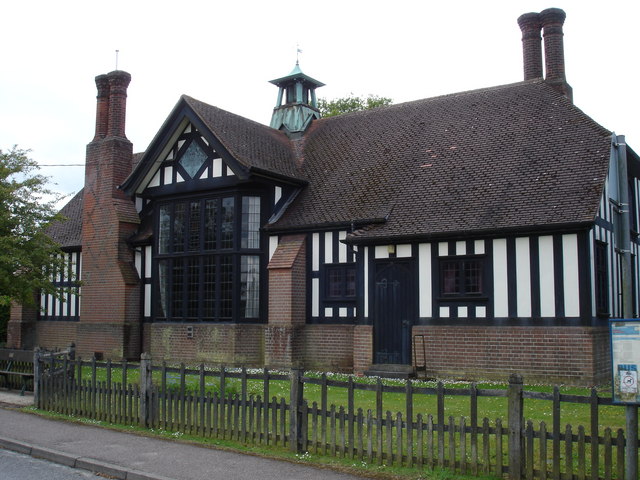Burstall, Suffolk on:
[Wikipedia]
[Google]
[Amazon]
Burstall is a village and  Mill Farm is to the west and Hill Farm to the east.
The village hall built in 1910 in memory of John Cranfield. It is a
Mill Farm is to the west and Hill Farm to the east.
The village hall built in 1910 in memory of John Cranfield. It is a  The Half Moon public house closed in 1968 and the Post office closed in 2006.
The Half Moon public house closed in 1968 and the Post office closed in 2006.
civil parish
In England, a civil parish is a type of administrative parish used for local government. It is a territorial designation which is the lowest tier of local government below districts and counties, or their combined form, the unitary authorit ...
in Suffolk, England. Located around west of Ipswich
Ipswich () is a port town and borough in Suffolk, England, of which it is the county town. The town is located in East Anglia about away from the mouth of the River Orwell and the North Sea. Ipswich is both on the Great Eastern Main Line ...
, it is part of Babergh district. The parish includes the hamlet
''The Tragedy of Hamlet, Prince of Denmark'', often shortened to ''Hamlet'' (), is a tragedy written by William Shakespeare sometime between 1599 and 1601. It is Shakespeare's longest play, with 29,551 words. Set in Denmark, the play depicts ...
of Burstallhill. Recorded in the Domesday Book
Domesday Book () – the Middle English spelling of "Doomsday Book" – is a manuscript record of the "Great Survey" of much of England and parts of Wales completed in 1086 by order of King William I, known as William the Conqueror. The manus ...
as Burgestala / Burghestala. It is in the Belstead Brook electoral division
An electoral district, also known as an election district, legislative district, voting district, constituency, riding, ward, division, or (election) precinct is a subdivision of a larger state (a country, administrative region, or other poli ...
of Suffolk County Council.
The south-western boundary of the parish is delineated by Belstead Brook, a tributary of the River Orwell
The River Orwell flows through the county of Suffolk in England from Ipswich to Felixstowe. Above Ipswich, the river is known as the River Gipping, but its name changes to the Orwell at Stoke Bridge, where the river becomes tidal. It broadens in ...
. The A1071 between Ipswich and Hadleigh crosses Belstead Brook at Burstall Bridge.
Burstall Hall is ⅔ mile (1 km) northeast from the village.
 Mill Farm is to the west and Hill Farm to the east.
The village hall built in 1910 in memory of John Cranfield. It is a
Mill Farm is to the west and Hill Farm to the east.
The village hall built in 1910 in memory of John Cranfield. It is a Mock Tudor
Tudor Revival architecture (also known as mock Tudor in the UK) first manifested itself in domestic architecture in the United Kingdom in the latter half of the 19th century. Based on revival of aspects that were perceived as Tudor architecture ...
building with a recent lottery grant improvements. No alcohol is sold in the hall. The Half Moon public house closed in 1968 and the Post office closed in 2006.
The Half Moon public house closed in 1968 and the Post office closed in 2006.
St Mary's Church
Theparish church
A parish church (or parochial church) in Christianity is the church which acts as the religious centre of a parish. In many parts of the world, especially in rural areas, the parish church may play a significant role in community activities, ...
of St Mary has been a Grade I listed building
In the United Kingdom, a listed building or listed structure is one that has been placed on one of the four statutory lists maintained by Historic England in England, Historic Environment Scotland in Scotland, in Wales, and the Northern Irel ...
since 22 February 1955. It is largely early fourteenth-century and fifteenth-century and was restored in 1866 and again, between 1870 and 1873, by Frederick Barnes of Ipswich.
References
External links
Babergh District Civil parishes in Suffolk Villages in Suffolk {{suffolk-geo-stub